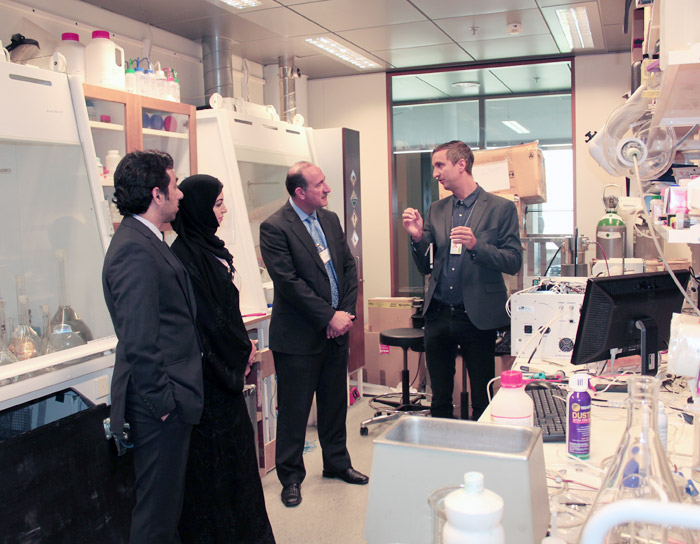Biography:
Prof. Giles Harrison is Professor of Atmospheric Physics at the Department of Meteorology of the University of Reading.
His research work focuses on atmospheric electricity, a topic at the intersection of aerosol and cloud physics, solar-climate and internal climate interactions, scientific sensor development and the retrieval of quantitative data from historical sources.
His research includes development of new instruments and methods, particularly for exploiting meteorological balloon technologies, and generated some of the first airborne measurements in UK airspace of Icelandic volcanic ash from Eyjafjallajökull, during the April 2010 flight ban.
He has authored or co-authored about 275 articles and papers including a book on atmospheric measurements.
Prof. Harrison holds doctorates from Imperial College London (PhD 1992) and the University of Cambridge (ScD 2014).
He received the Appleton medal of the Institute of Physics in 2016.
Professor Harrison chairs the Royal Meteorological Society’s Special Interest Group on atmospheric electricity and serves on the Editorial Board of Environmental Research Letters.
Project Brief:
“Electrical aspects of rain generation”
Droplets even in non-thunderstorm clouds naturally carry electric charge. Recent work has shown that charges can modify the droplet growth rates. This can increase the rate at which rain droplets are formed. This research project seeks to evaluate the importance and significance of charge in affecting the cloud droplet size distribution, and with it the efficacy of modifying the in-cloud charge as an artificial influence on rainfall generation. The project follows a 3-way approach. Firstly, the team is developing an accurate computer model which can describe how large numbers of cloud drops can interact under the effect of electric forces.
Secondly, they are characterizing and measuring the local electrical properties of clouds through state-of-the-art balloon-borne sensors as well as surface measurements. Thirdly, they are deploying UAVs to demonstrate charge delivery and in-situ measurement of electrical properties of the cloud. The UK team includes theoretical meteorologist Prof Maarten Ambaum and experimental scientist Dr Keri Nicoll. They will investigate the electrical properties of clouds through a combination of theoretical and experimental work, firstly through modelling the growth of charged drops to raindrops, and secondly by measuring and modifying the charges present in clouds using balloons and aircraft. An innovative aspect is that the internal electrical properties of the clouds will be investigated using Unmanned Aerial Vehicles (UAVs) adapted to deliver charge into the clouds. A promising attribute of an electrical seeding approach is that it will leave no local environmental residues or pollution from delivery platform propulsion, as the UAVs are electrically powered.
Key Outcomes:
- Numerical Modelling: developed a numerical model to represent electric charge effects on droplet growth, including turbulent flows. The model showed that increasing the sticking probability of small droplets hastens their growth into raindrops. Charging the droplets increases the sticking probability, suggesting that using charge in cloud-seeding operations could enhance rain development where traditional seeding materials are less effective.
- Cloud Characterization: measurement site was established in the UAE at Al Ain airport, equipped with specialized instruments to monitor cloud, dust, and electric charge. The observations showed that the dusty environment of the UAE brings considerable variability in the natural atmospheric charge present. The sea breeze of the Gulf was shown to carry charged dust. Lidar measurements at Al Ain allowed the requirements for large raindrops to successfully reach the surface to be evaluated.
- Charge Delivery Technology: customized Uncrewed Aerial Vehicle (UAV) was developed, capable of reaching cloud levels, delivering positive and negative charge, and monitoring the cloud changes generated. Test flights over fog showed that the fog properties changed after the delivery of charge.
For more information on the project please visit : https://uaeelecrain.wordpress.com/






